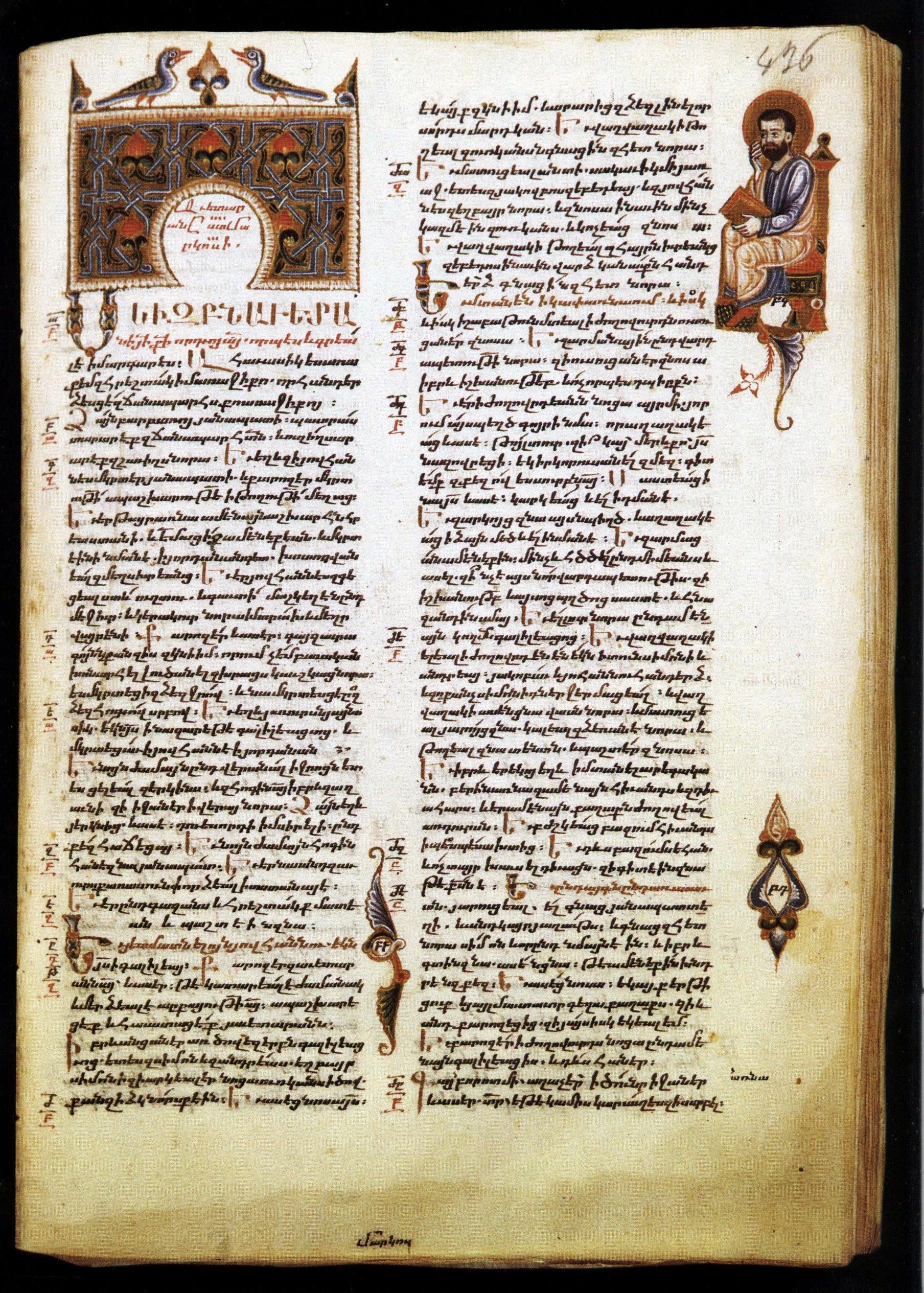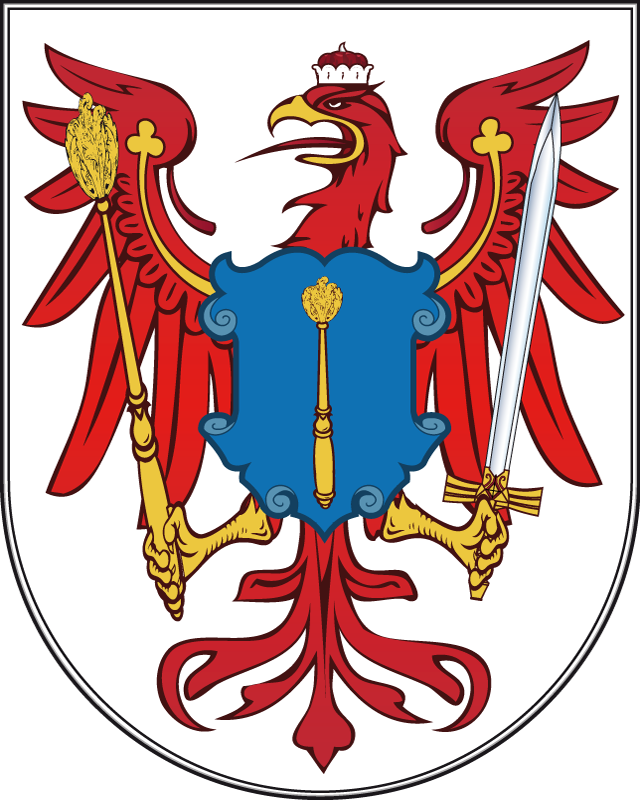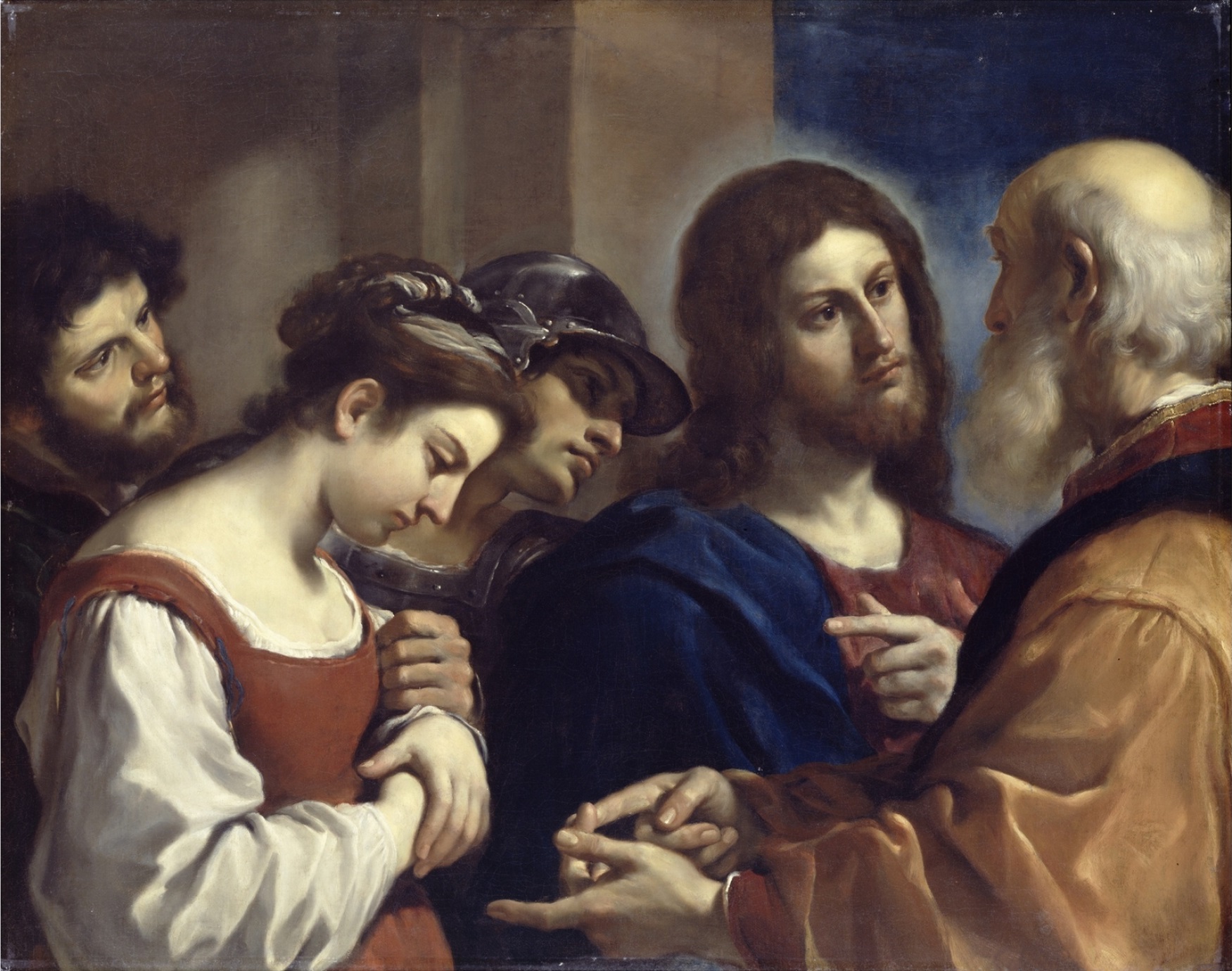|
Minuscule 655
Minuscule 655 (in the Gregory-Aland numbering), ε 177 ( von Soden), is a Greek minuscule manuscript of the New Testament, on parchment. Palaeographically it has been assigned to the 12th century. The manuscript has complex contents.K. Aland, M. Welte, B. Köster, K. Junack, "Kurzgefasste Liste der griechischen Handschriften des Neues Testaments", ''Walter de Gruyter'', Berlin, New York 1994, p. 86.Handschriftenliste at the Münster Institute labelled it by 635e. Description The codex contains the text of the four |
Gospel
Gospel originally meant the Christian message (" the gospel"), but in the 2nd century it came to be used also for the books in which the message was set out. In this sense a gospel can be defined as a loose-knit, episodic narrative of the words and deeds of Jesus, culminating in his trial and death and concluding with various reports of his post-resurrection appearances. Modern scholars are cautious of relying on the gospels uncritically, but nevertheless, they provide a good idea of the public career of Jesus, and critical study can attempt to distinguish the original ideas of Jesus from those of the later authors. The four canonical gospels were probably written between AD 66 and 110. All four were anonymous (with the modern names added in the 2nd century), almost certainly none were by eyewitnesses, and all are the end-products of long oral and written transmission. Mark was the first to be written, using a variety of sources. The authors of Matthew and Luke both indepe ... [...More Info...] [...Related Items...] OR: [Wikipedia] [Google] [Baidu] |
John Chrysostom
John Chrysostom (; gr, Ἰωάννης ὁ Χρυσόστομος; 14 September 407) was an important Early Church Father who served as archbishop of Constantinople. He is known for his preaching and public speaking, his denunciation of abuse of authority by both ecclesiastical and political leaders, his '' Divine Liturgy of Saint John Chrysostom'', and his ascetic sensibilities. The epithet (''Chrysostomos'', anglicized as Chrysostom) means "golden-mouthed" in Greek and denotes his celebrated eloquence. Chrysostom was among the most prolific authors in the early Christian Church, although both Origen of Alexandria and Augustine of Hippo exceeded Chrysostom. He is honoured as a saint in the Oriental Orthodox, Eastern Orthodox, Catholic, Anglican, and Lutheran churches, as well as in some others. The Eastern Orthodox, together with the Byzantine Catholics, hold him in special regard as one of the Three Holy Hierarchs (alongside Basil the Great and Gregory of Nazia ... [...More Info...] [...Related Items...] OR: [Wikipedia] [Google] [Baidu] |
Berlin
Berlin is Capital of Germany, the capital and largest city of Germany, both by area and List of cities in Germany by population, by population. Its more than 3.85 million inhabitants make it the European Union's List of cities in the European Union by population within city limits, most populous city, as measured by population within city limits having gained this status after the United Kingdom's, and thus London's, Brexit, departure from the European Union. Simultaneously, the city is one of the states of Germany, and is the List of German states by area, third smallest state in the country in terms of area. Berlin is surrounded by the state of Brandenburg, and Brandenburg's capital Potsdam is nearby. The urban area of Berlin has a population of over 4.5 million and is therefore the most populous urban area in Germany. The Berlin/Brandenburg Metropolitan Region, Berlin-Brandenburg capital region has around 6.2 million inhabitants and is Germany's second-largest metropolitan reg ... [...More Info...] [...Related Items...] OR: [Wikipedia] [Google] [Baidu] |
Novum Testamentum Graece
(''The New Testament in Greek'') is a critical edition of the New Testament in its original Koine Greek, forming the basis of most modern Bible translations and biblical criticism. It is also known as the Nestle–Aland edition after its most influential editors, Eberhard Nestle and Kurt Aland. The text, edited by the Institute for New Testament Textual Research, is currently in its 28th edition, abbreviated NA28. The title is sometimes applied to the United Bible Societies (UBS) edition, which contains the same text (its fifth edition, "UBS5", contains the text from NA28). The latter edition is aimed at translators and so focuses on variants that are important for the meaning whereas the NA includes more variants. The release of a 29th edition is expected in 2024. Methodology The Greek text as presented is what biblical scholars refer to as the "critical text". The critical text is an eclectic text compiled by a committee that compares readings from a large num ... [...More Info...] [...Related Items...] OR: [Wikipedia] [Google] [Baidu] |
Institute For New Testament Textual Research
The Institute for New Testament Textual Research (german: Institut für neutestamentliche Textforschung — INTF) at the University of Münster, Westphalia, Germany, is to research the textual history of the New Testament and to reconstruct its Greek initial text on the basis of the entire manuscript tradition, the early translations and patristic citations; furthermore the preparation of an '' Editio Critica Maior'' based on the entire tradition of the New Testament in Greek manuscripts, early versions and New Testament quotations in ancient Christian literature. Under Kurt Aland's supervision, the INTF collected almost the entire material that was needed. The manuscript count in 1950 was 4250, in 1983, 5460, and in 2017 approximately 5800 manuscripts. Moreover, INTF produces several more editions and a variety of tools for New Testament scholarship, including the concise editions known as the "Nestle–Aland" – ''Novum Testamentum Graece'' and the UBS Greek New Testament. ... [...More Info...] [...Related Items...] OR: [Wikipedia] [Google] [Baidu] |
Obelus
An obelus (plural: obeluses or obeli) is a term in typography that refers to a historical mark which has resolved to three modern meanings: * Division sign * Dagger * Commercial minus sign (limited geographical area of use) The word "obelus" comes from (obelós), the Ancient Greek word for a sharpened stick, spit, or pointed pillar. This is the same root as that of the word 'obelisk'. In mathematics, the first symbol is mainly used in Anglophone countries to represent the mathematical operation of division. In editing texts, the second symbol, also called a dagger mark , is used to indicate erroneous or dubious content; or as a reference mark or footnote indicator. It also has other uses in a variety of specialist contexts. Use in text annotation The modern dagger symbol originated from a variant of the obelus, originally depicted by a plain line , or a line with one or two dots . It represented an iron roasting spit, a dart, or the sharp end of a javelin, symboliz ... [...More Info...] [...Related Items...] OR: [Wikipedia] [Google] [Baidu] |
Jesus And The Woman Taken In Adultery
Jesus and the woman taken in adultery (or the ) is a passage (pericope) found in John 7:53– 8:11 of the New Testament. It has been the subject of much scholarly discussion. In the passage, Jesus was teaching in the Second Temple after coming from the Mount of Olives. A group of scribes and Pharisees confronts Jesus, interrupting his teaching. They bring in a woman, accusing her of committing adultery, claiming she was caught in the very act. They tell Jesus that the punishment for someone like her should be stoning, as prescribed by Mosaic Law. Jesus begins to write something on the ground using his finger; when the woman's accusers continue their challenge, he states that the one who is without sin is the one who should cast the first stone at her. The accusers and congregants depart, realizing not one of them is without sin either, leaving Jesus alone with the woman. Jesus asks the woman if anyone has condemned her and she answers no. Jesus says that he, too, does not ... [...More Info...] [...Related Items...] OR: [Wikipedia] [Google] [Baidu] |
Family Kx
Family Kx is a large group of the New Testament manuscripts. It belongs to the Byzantine text-type as one of the textual families of this group. It includes uncials, and although hundreds of minuscules, no early ones. Description The group was discovered by Hermann von Soden and designated by him with symbol Kx. The only distinction von Soden made among Kx members was according to the presence and type of the Pericope adulterae. Due to the massive influence of the group on other groups and its lack of control, the boundaries of group remain blurred. The most problematic is the question, how many Kx readings can be missing and how many surplus readings can be added before a manuscript no longer deserves to be classified as Kx? According to the Claremont Profile Method Kx has following profile in Luke 1, 10, and 20 are:The word before the bracket is the reading of the UBS edition; the readings which are not bold are those of the TR. See F. Wisse, ''The Profile Method for the C ... [...More Info...] [...Related Items...] OR: [Wikipedia] [Google] [Baidu] |
Wisse's Profile Method
The Claremont Profile Method is a method for classifying ancient manuscripts of the Bible. It was elaborated by Ernest Cadman Colwell and his students. Professor Frederik Wisse attempted to establish an accurate and rapid procedure for the classification of the manuscript evidence of any ancient text with large manuscript attestation, and to present an adequate basis for the selection of balanced representatives of the whole tradition. The work of Wisse is limited only to three chapters in Luke: 1, 10, and 20. Wisse's profiles The word before the bracket is the reading of the UBS edition. The profile of a manuscript is formed by noting the numbers of those test readings where the manuscript agrees with the bold reading. The readings which are not bold are those of the Textus Receptus. Luke 1 * Luke 1:2 (1 reading) — ] * Luke 1:7 (2 reading) — ην η ελισαβετ ] η ελισαβετ ην * Luke 1:7 (3 reading) — η ] omit * Luke 1:8 (4 reading) — ] εναντ ... [...More Info...] [...Related Items...] OR: [Wikipedia] [Google] [Baidu] |
William B
William is a masculine given name of Norman French origin.Hanks, Hardcastle and Hodges, ''Oxford Dictionary of First Names'', Oxford University Press, 2nd edition, , p. 276. It became very popular in the English language after the Norman conquest of England in 1066,All Things William"Meaning & Origin of the Name"/ref> and remained so throughout the Middle Ages and into the modern era. It is sometimes abbreviated "Wm." Shortened familiar versions in English include Will, Wills, Willy, Willie, Liam, Bill, and Billy. A common Irish form is Liam. Scottish diminutives include Wull, Willie or Wullie (as in Oor Wullie or the play ''Douglas''). Female forms are Willa, Willemina, Wilma and Wilhelmina. Etymology William is related to the German given name ''Wilhelm''. Both ultimately descend from Proto-Germanic ''*Wiljahelmaz'', with a direct cognate also in the Old Norse name ''Vilhjalmr'' and a West Germanic borrowing into Medieval Latin ''Willelmus''. The Proto-Germa ... [...More Info...] [...Related Items...] OR: [Wikipedia] [Google] [Baidu] |
Categories Of New Testament Manuscripts
New Testament manuscripts in Greek are categorized into five groups, according to a scheme introduced in 1981 by Kurt Kurt is a male given name of Germanic or Turkish origin. ''Kurt'' or ''Curt'' originated as short forms of the Germanic Conrad, depending on geographical usage, with meanings including counselor or advisor. In Turkish, Kurt means "Wolf" and is ... and Barbara Aland in ''The Text of the New Testament''. The categories are based on how each manuscript relates to the various text-types. Generally speaking, earlier Alexandrian manuscripts are category I, while later Byzantine manuscripts are category V. Aland's method involved considering 1000 passages where the Byzantine text differs from non-Byzantine text. The Alands did not select their 1000 readings from all of the NT books; for example, none were drawn from Matthew and Luke. Description of categories The Alands' categories do not simply correspond to the text-types; all they do is demonstrate the 'B ... [...More Info...] [...Related Items...] OR: [Wikipedia] [Google] [Baidu] |




